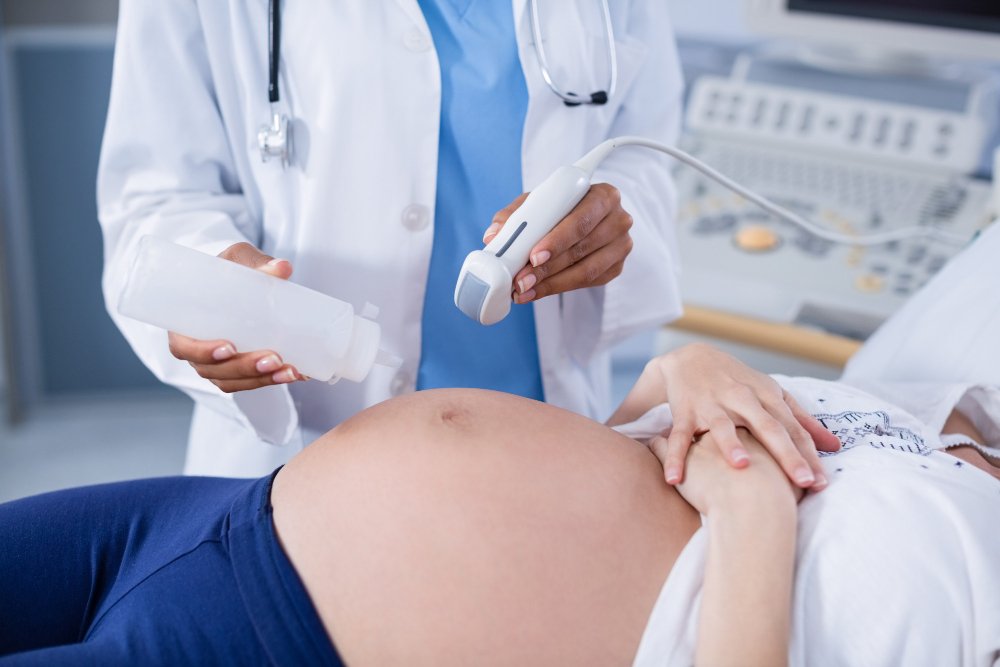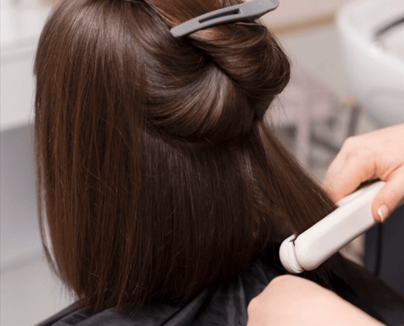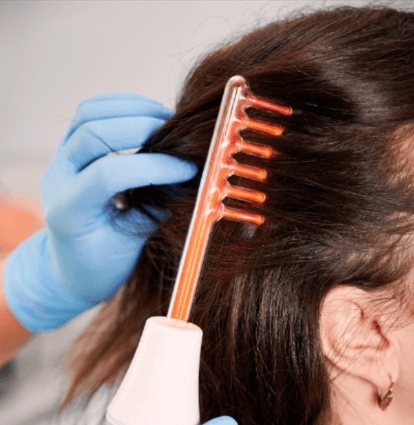Pregnancy is a special time when many women become more cautious about the medications and treatments they use, including for skin conditions like acne. Acne flare-ups during pregnancy are common due to hormonal changes, but not every treatment option is safe during this period.
One common question is: Is acne laser treatment safe during pregnancy? In this article, we’ll explore the medical advice around using laser therapy for acne while pregnant, alternative pregnancy-safe acne treatments, and important precautions to consider.
Why Acne Can Worsen During Pregnancy
Pregnancy triggers hormonal fluctuations that increase oil production and inflammation in the skin, often leading to new or worsening acne. However, many standard acne medications are contraindicated or advised against during pregnancy due to potential risks to the developing fetus.
This often leaves pregnant patients looking for safe and effective options to manage acne flare-ups.
What Does Medical Research Say About Acne Laser During Pregnancy?
Currently, there is limited clinical research specifically evaluating the safety of acne laser treatment during pregnancy. Most dermatologists and obstetricians advise caution for several reasons:
- Lack of extensive safety data: Laser treatments involve energy delivery to the skin, and while they are generally localized, the effects on pregnancy are not well studied.
- Potential risks from heat or light exposure: Some types of lasers produce heat that could theoretically affect the body beyond the skin, though this is mostly unproven.
- Unknown effects on the fetus: Without definitive evidence, most healthcare providers prefer to err on the side of caution.
General Medical Consensus
- Most dermatologists recommend postponing acne laser treatments until after pregnancy and breastfeeding.
- The first trimester is especially sensitive, and avoiding elective procedures during this time is advised.
- If acne is severe and affecting quality of life, a medical professional may consider safer alternatives.
Pregnancy-Safe Acne Treatments to Consider
Instead of laser therapy, the following options are typically considered safer during pregnancy:
1. Topical Treatments
- Azelaic Acid: FDA-approved for pregnancy, helps reduce inflammation and bacteria.
- Topical antibiotics: Like clindamycin or erythromycin, under doctor supervision.
- Glycolic acid peels: Mild chemical exfoliation may be safe in some cases.
- Benzoyl peroxide: Often considered low-risk but should be used cautiously.
2. Oral Medications
- Oral antibiotics (like certain penicillins) may be prescribed if necessary.
- Avoid oral retinoids (Accutane) and tetracycline antibiotics, which are contraindicated during pregnancy.
3. Gentle Skincare Routine
- Use mild cleansers and fragrance-free moisturizers.
- Avoid harsh scrubs or products with unknown safety profiles.
- Maintain good hydration and sun protection.
When Might Acne Laser Be Considered During Pregnancy?
In very rare cases, if acne is severe, resistant to safer treatments, and causing psychological distress, some dermatologists may consider limited laser therapy—but only after careful evaluation and with informed patient consent.
Important Tips for Pregnant Patients with Acne
- Always inform your dermatologist and obstetrician about your pregnancy status before starting any acne treatment.
- Avoid self-medicating with over-the-counter acne products that have unknown pregnancy safety.
- Prioritize gentle skincare and non-invasive treatments first.
- Maintain regular prenatal care and discuss skin concerns openly with your healthcare team.
Post-Pregnancy: Resuming Acne Laser Treatments
Many patients experience acne flare-ups postpartum due to hormone shifts. At this time, acne laser treatment may be safely resumed under medical guidance to achieve clearer skin.
Final Thoughts: Prioritize Safety and Medical Guidance
While acne laser treatment is an effective medical solution for many patients, it is generally not recommended during pregnancy due to limited safety data and potential risks. The priority during pregnancy is to manage acne with pregnancy-safe treatments and protect both maternal and fetal health.
Consult your dermatologist and obstetrician to create a personalized, safe acne treatment plan tailored for pregnancy.




